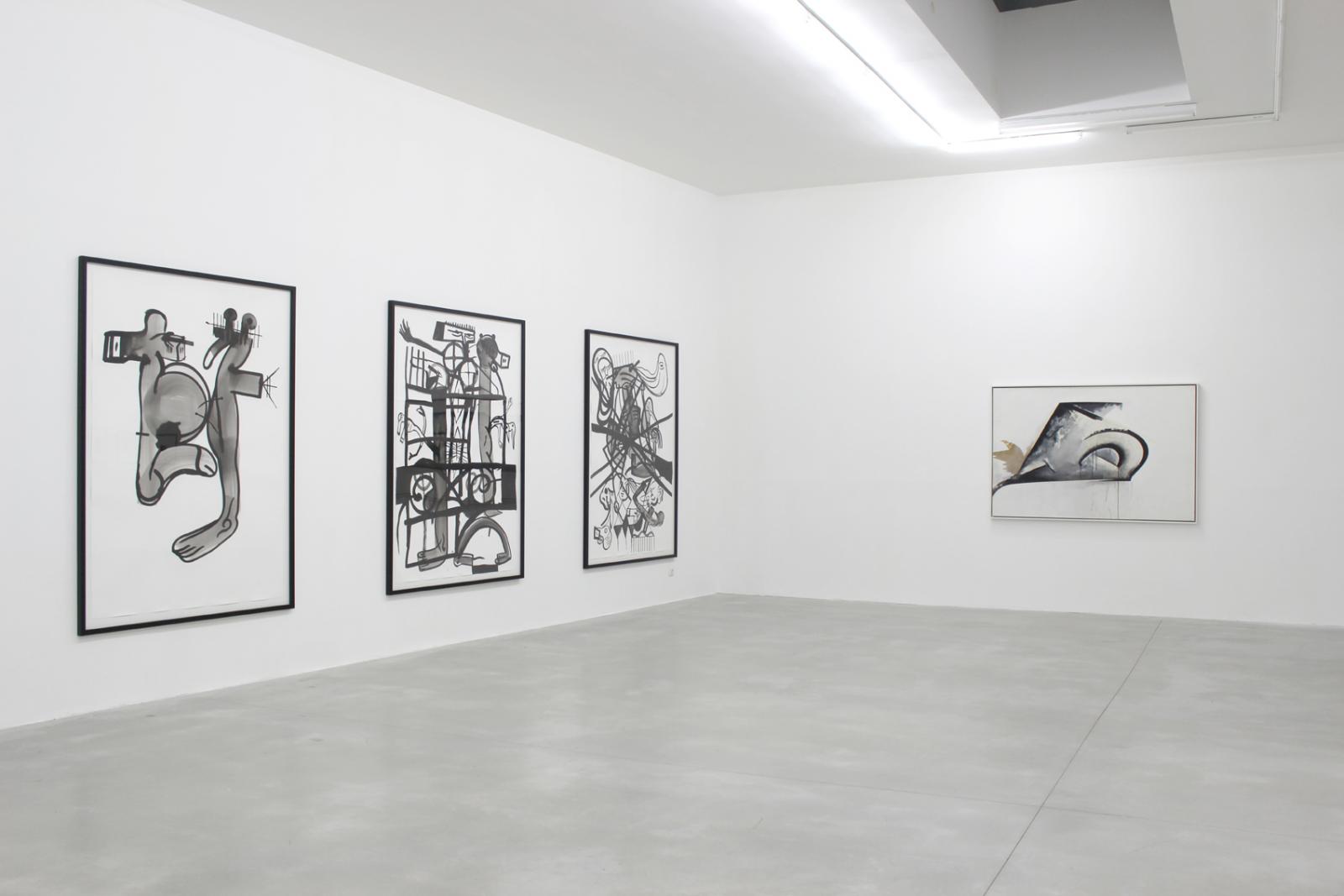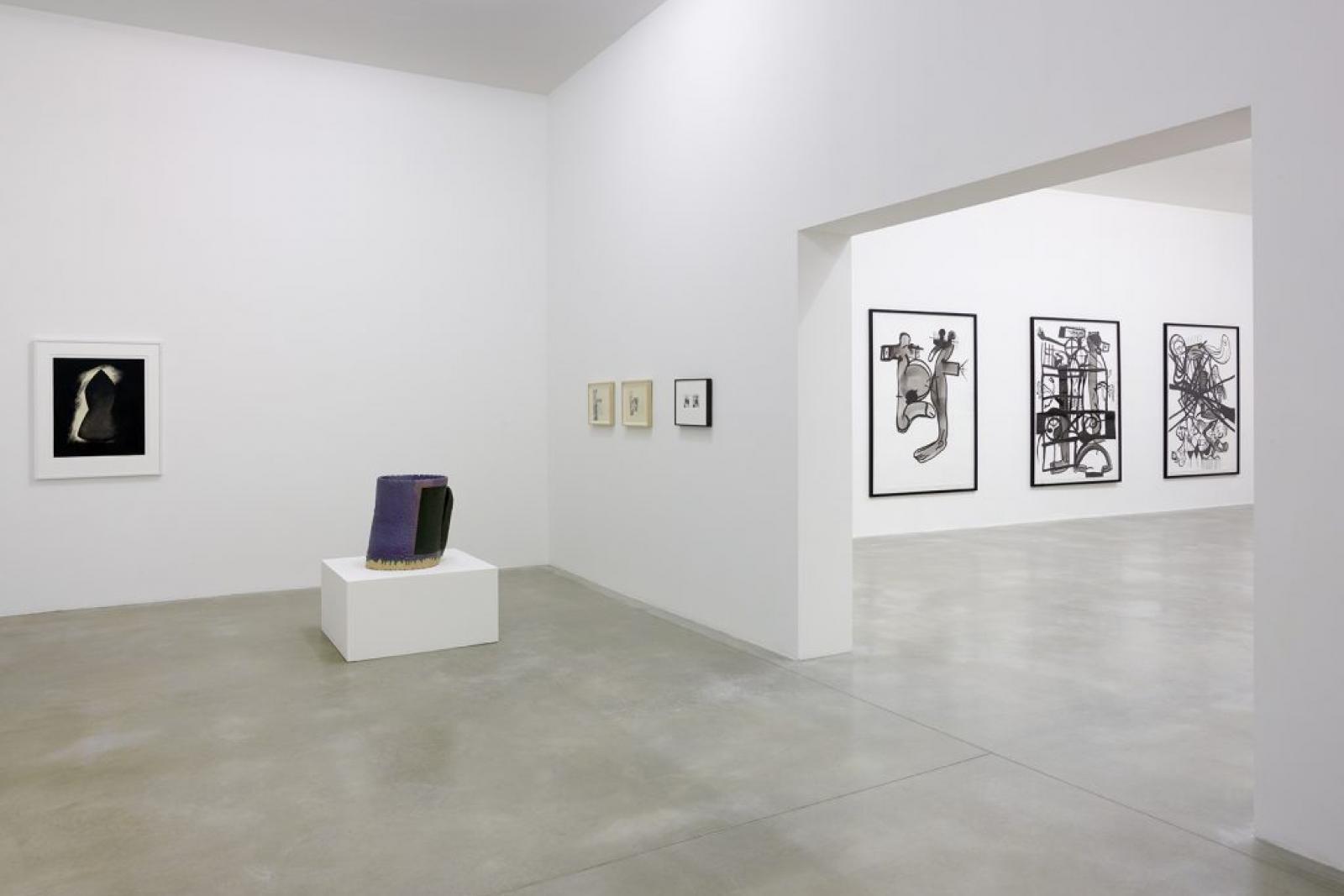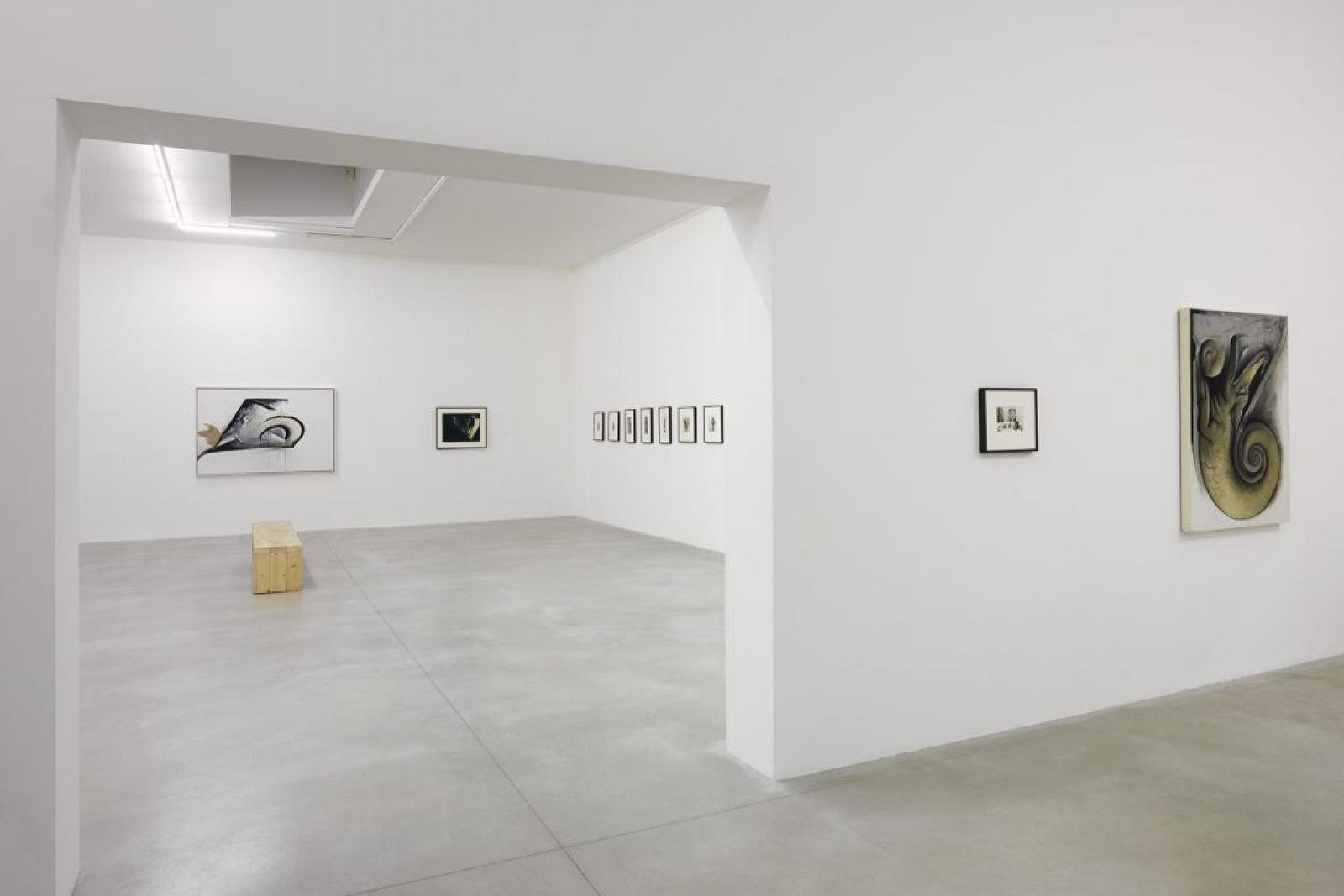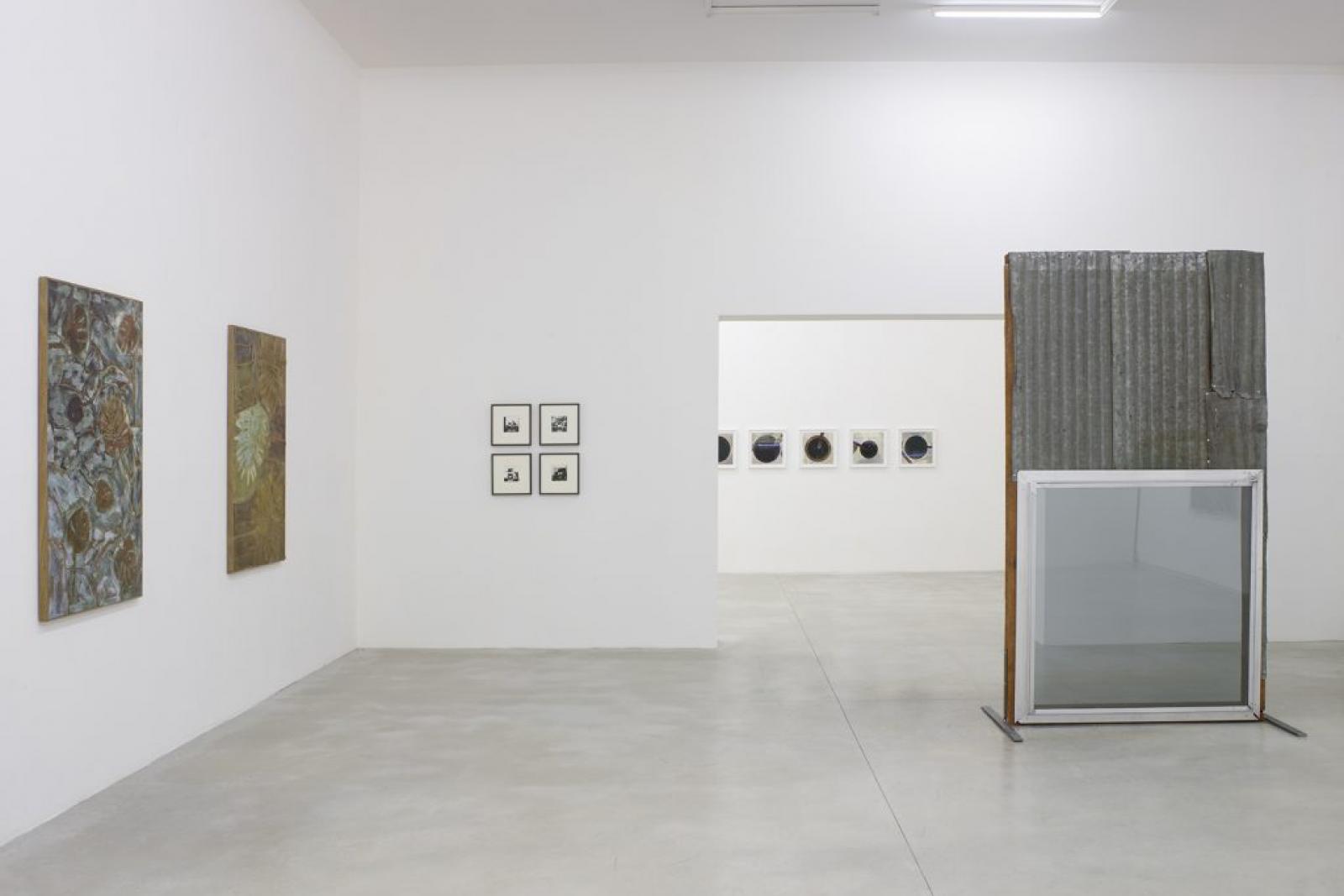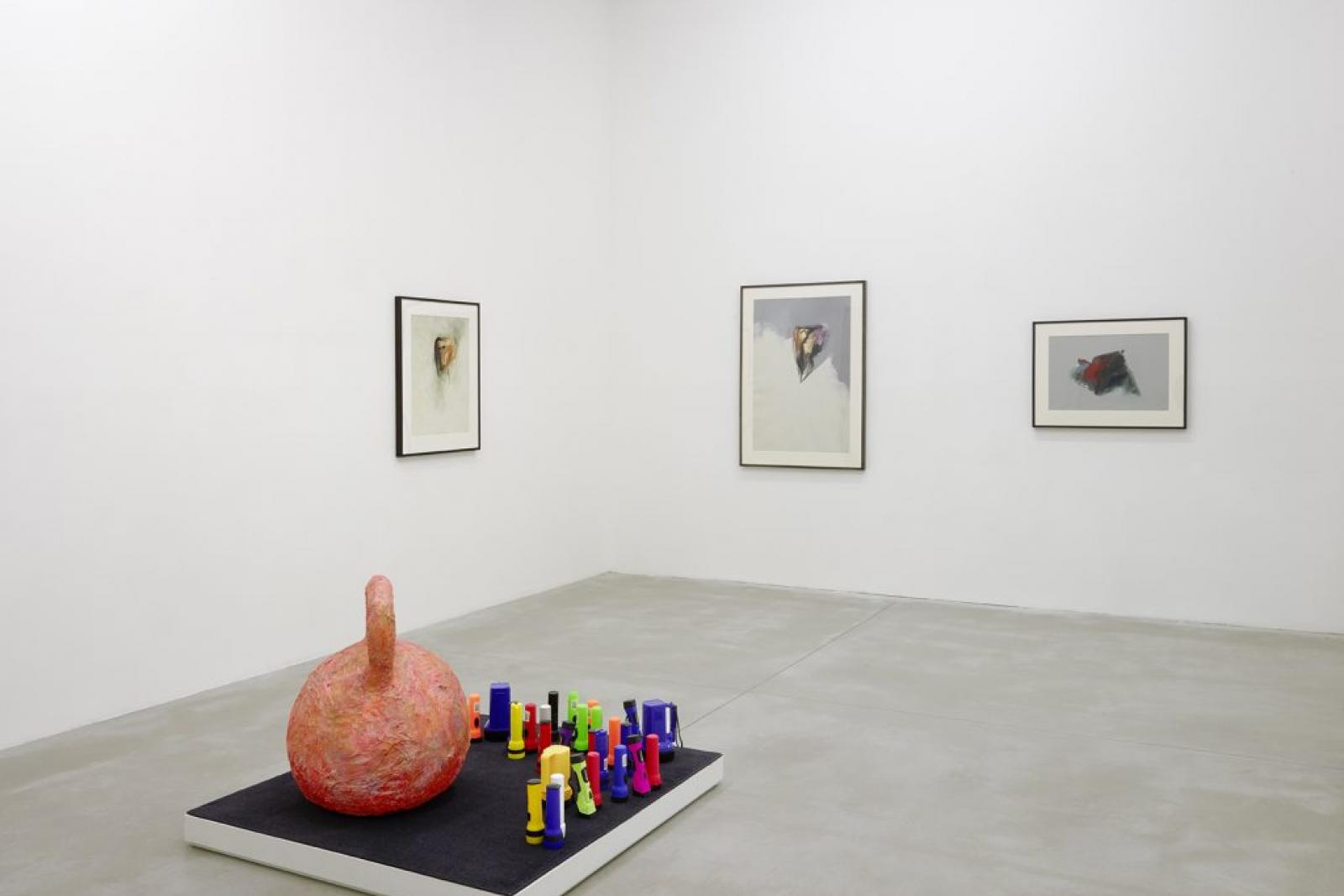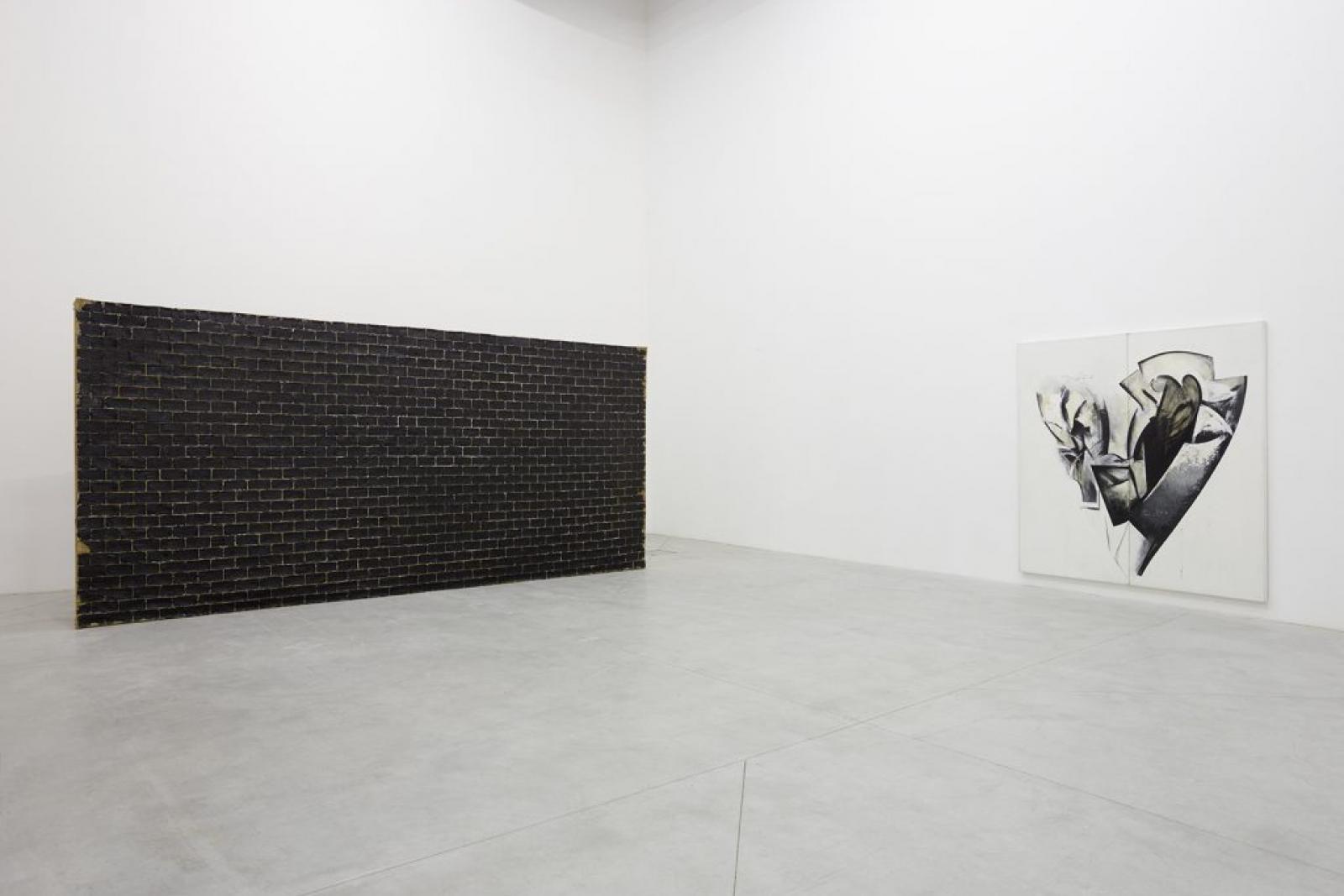Jay DeFeo
The Ripple Effect
Featuring Sam Falls, Rachel Harrison, Wyatt Kahn, Ron Nagle, Gay Outlaw, Tobias Pils, R. H. Quaytman, Ugo Rondinone, Bosco Sodi, Oscar Tuazon
With the participation of The Jay DeFeo Foundation, Berkeley, California With the support of Friends of Fondation de France
In collaboration with Aspen Art Museum, Colorado (June 29 – October 28, 2018) Thanks: Galerie Miguel Abreu, New York; Galerie Anglim Gilbert, San Francisco; Greene Naftali, New York; Hannah Hoffman, Los Angeles; Eva Presenhuber, Zürich & New York; Carles Taché, Barcelone; Frank Elbaz, Paris & Dallas
A catalogue, available in May, will reproduce all the works on view and will include essays by David Pagel, and Seungduk Kim and Franck Gautherot, the show’s curators, as well as quotations from Jay DeFeo and short interviews with the invited artists, all answering the same series of questions.
Working in San Francisco from the 1950s onward, Jay DeFeo collaborated with artists of the Beat Generation: Wallace Berman, Bruce Conner, Jess and others. The Whitney Museum of American Art held a retrospective of her work in 2013. As a brief introduction, composing a text that expresses the rationale for this exhibition, Jay DeFeo: The Ripple Effect, must be bound by multiple constraints.
The title The Ripple Effect, pairing the Californian artist with a cast of other, younger artists, carries the sense of a wave taking a solo into a group show, one artist reverberating to many.
Americans have always granted artists who have gained critical respect the status of “artist’s artist,” in this way setting up an unfortunate but well-meaning hierarchy, which, these days, may be upended by rampant commercial greed.
Jay DeFeo is the woman from the San Francisco Bay Area who closely examined materials and who reformulated compositional approaches and painting methods through every day and studio objects: the ordinariness of a box of tissues, a photographer’s tripod, cabbage leaves, or a dark hole as motifs creating their own continued echoes.
This is the woman who made famous the conundrum of a painting larger than the door of the studio in which it was made, so it could not be taken out without cutting out part of the wall adjacent to the street — giving rise to Bruce Conner’s almost Matta-Clark-like documentary. The Rose (1958-1966) is that palimpsest which, in terms of paint, bears all the marks of a bas-relief weighed down by all the sins of art history.
The “ripple effect” comes from inviting eleven artists — not for comments, but for parallels, for recuperation, not through compassion but through ornery confrontation, a conversation at cross-purposes, words bandied about and drawings that look like....
Women and men, just as much as people in the old world, they are the privileged witnesses of forms to be tried and tested. Trisha Donnelly offers a loop of projected animated images, and two propelled image stills that create a virtual hole in the wall with the intensity of their blue. Sam Falls sends photos of textures and ceramics of motifs of so many natural details that DeFeo would have enjoyed focusing on them. Titillated by the way Jay DeFeo played with photo- copies, collages and photo collages, Rachel Harrison takes up the challenge in references in her own work. Wyatt Kahn bends lead and photographs his foot. Ron Nagle, whose work is represented by two ceramics cups loaned from The Jay DeFeo Foundation’s collection, had himself been “vampirized” by the artist. Gay Outlaw – which is not a pseudo- nym – draws the perfect “O,” Giotto’s circle that so impressed Pope Benedict XI, and places two metal sculptures on the floor. Tobias Pils delivers four very large ink drawings in which hatching vies with the grid pattern, trying to hide the almost graffiti-like but highly gendered figures that people the background. R.H. Quaytman holds on to the mystery while being taken by a DeFeo photogram in which she kept a soft form, a mark that may be deciphered as a hooded weeping figure (although any other interpretation is, needless to say, equivalent). Ugo Rondinone erects his wall of jute cloth patched up on the back, tracing stacking bricks over the whole surface in black paint on the front. Measuring almost 6 by 3 meters and self-supporting, this is a dark screen on which our fantasies of an art history can be affixed and finally simplified. Bosco Sodi, a Mexico City native, lets a cracked façade carve itself into pigmented “mud” as it dries in the strong sun. Oscar Tuazon – and someone had to – thinks of that famous wall of Jay DeFeo’s studio that was cut away in her day to bring out The Rose. “A Rose is a Rose is a Rose is a Rose” flooding the initial surface with layers and layers until a legend is created.
—Franck Gautherot
